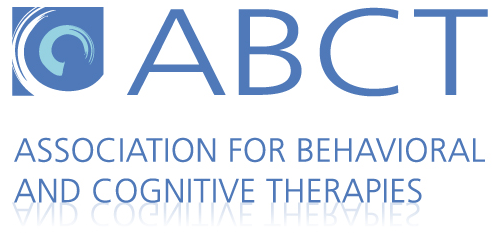Obsessions, Compulsions, & OCD
Created on August 5, 2017. Last updated on March 6th, 2024 at 04:54 pm
Take me to the effective therapies for obsessions, compulsions, & OCD
 Obsessions and Compulsions
Obsessions and Compulsions
Obsessions are repeated thoughts, urges, or images that cause a lot of worry or distress. Children and adolescents with obsessions may be able to avoid some obsessive worries with effort. Common obsessions include thoughts about uncleanness, safety, doubts, a need to have things in a specific order, or aggressive, sexual, or scary images (e.g., about causing harm).
Compulsions are behaviors or thoughts that a child acts on repeatedly, usually in response to an obsession. Children act on compulsions to reduce distress, or avoid a feared situation or outcome. Common compulsions include hand washing, putting things in order, praying, and asking adults for reassurance.
What is Obsessive-Compulsive Disorder?
An individual may be diagnosed with Obsessive-Compulsive Disorder (OCD) when he or she experiences frequent and severe obsessions and/or compulsions that are time-consuming (usually more than one hour per day), or cause great distress.
For children and adolescents, it is often easier to identify compulsions than obsessions because these behaviors are more easily noticed. However, most children with OCD have obsessions and compulsions.
Effective Therapies for Obsessive-Compulsive Disorder
Without treatment, OCD can be a lifelong struggle, with symptoms coming and going. The best treatment to reduce OCD behaviors in children and adolescents is a type of cognitive behavioral therapy (CBT) called exposure and response prevention (ERP). Doctors may also choose to use a medication such as a selective serotonin reuptake inhibitor (SSRIs) to treat OCD.
Medical experience and research support CBT as an effective, first-line treatment for youth with OCD, either alone or in addition to medication, particularly when families can be involved. Doctors have also found that individual and family-based therapies have been shown to help children and adolescents with OCD.
The chart below includes more information on the different evidence-based child and adolescent therapies for OCD. These therapies have been tested and ranked by researchers and clinical child and adolescent psychologists, based on the evidence that shows how effective they have been in the treatment of OCD.
Updated table:
| Level One: Works Well |
|
| Level Two: Works |
|
| Level Three: Might Work |
|
| Level Four: Experimental |
|
| Level Five: Tested and Does Not Work |
|
To find out more about how these treatment levels are defined, click here.
Therapies and Terms Defined
- CBT: cognitive behavioral therapy
Source(s):
Freeman, J., Benito, K., Herren, J., Kemp, J., Sung, J., Georgiadis, C., Arora, A., Walther, M. & Garcia, A. (2018). Evidence base update of psychosocial treatments for pediatric obsessive-compulsive disorder: Evaluating, improving, and transporting what works. Journal of Clinical Child and Adolescent Psychology, 47(5), 669-698. https://doi.org/10.1080/15374416.2018.1496443







